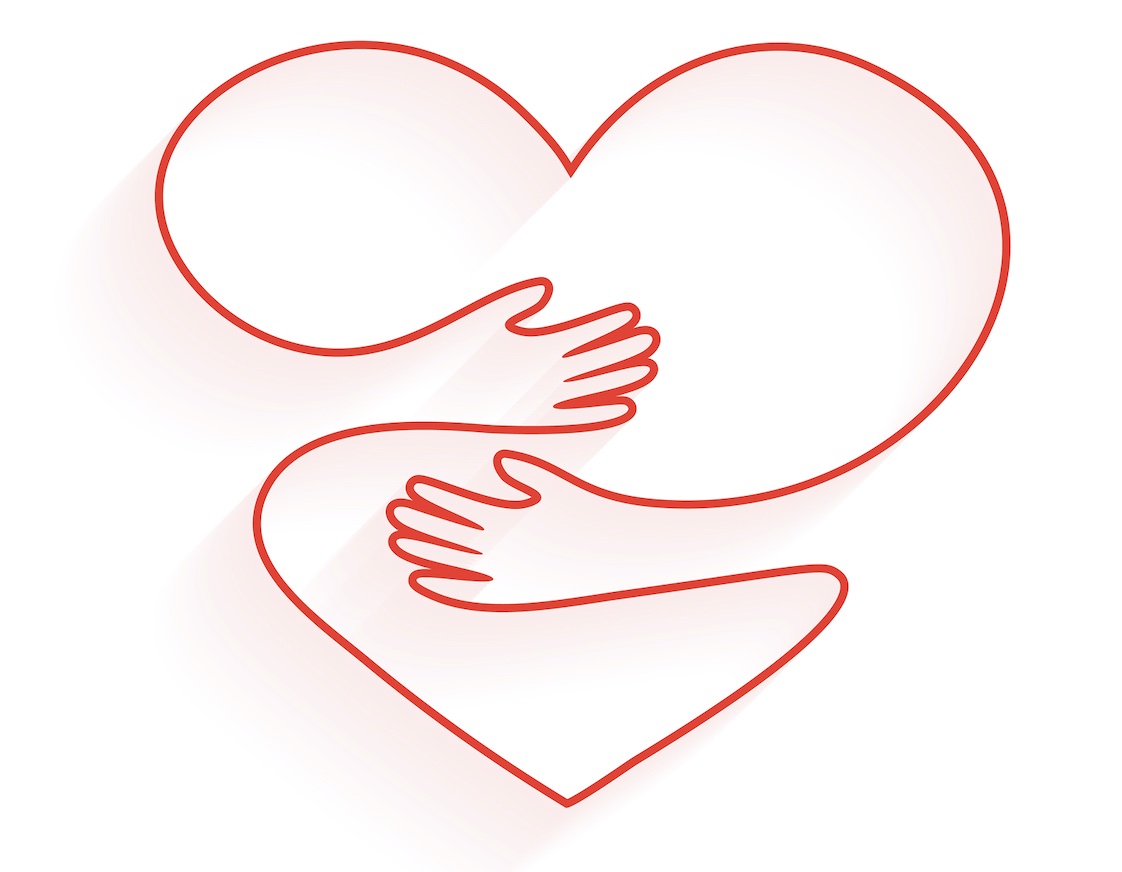From the Maple Ridge-Pitt Meadows Chronic Pain Support Group (2003 – 2008), written by Heather McCain
When all the tests are done – when you have visited the many specialists required to make a diagnosis – when you have an idea what your pain is – and when you know that your pain is not going to go away, you are left with Pain Management.
One of the hardest things to come to terms with when living with chronic pain is that pain management does not mean eliminating pain but accepting the fact that pain may always be a part of your life. Pain management means trying to control the pain, attempting to keep it at a tolerable level, and learning to live your life again – but this time with pain as a part of your daily life.
Knowing what your pain is, what it is caused by, or what it’s name is, does not offer an alleviation of the pain. Doctors know only so much, and their capabilities only go so far. When one arrives at this point they must look to themselves. We know our pain better than anyone else. We know what we are able to tolerate and what is too much for us. We understand if something makes it worse, or better, and what we should avoid. We have to rely on ourselves to realize what we can and cannot do. It is hard to limit one’s self, but we must do so. Time limits, rests, cutting back, pacing, and scheduling, are all methods of Pain Management.
While we must rely on ourselves to help control the pain we should not forget the fact that doctors, specialists, therapists, and other medical professionals are helpful. The best way to use a doctor is to keep them on their toes. We need to be involved in the medical decisions that affect us. Ask questions. Bring a list of questions to a doctor’s appointment. This helps to make sure that we don’t forget our questions while in the office.

Challenge your doctor if you are not sure about what is being said. Don’t be afraid to ask why a treatment is being suggested, or what the risks, benefits, and alternatives are. While the doctors and pharmacists have the knowledge of medications we need to be aware of what they are supposed to do, what the side effects or long term effects may be, and how long we are expected to take it. The doctor’s knowledge is much more useful if we are an active part in our medical experience. We know our pain; we have to give it a voice. As hard as it sometimes is, because we don’t want to feel as if we are complaining, we have to speak up about our pain, our emotions, and our experience.
Speak honestly. The doctors have no idea what we are going through and have to rely on what we tell them, and how we make the information known.
Physiotherapy, massage therapy, chiropractors, acupuncture, meditation, relaxation, a good diet, sleep therapy, and counseling are all part of Pain Management. Not everything is going to work for us. Some work for others and not for us.
Occasionally we hit upon a treatment that helps to control, alleviate, or level the pain. Your body will not always respond to treatments the same way each visit. You may have to reevaluate the treatments every six months or so to know whether it is still helping. It might take years to find the right combination, but some people have found that combination. Take what you can, and enjoy any moments of peace, less pain, and relaxation.
It is easy to write about how one should manage their pain, without letting their pain manage them but in real life it is very hard. Pain management is trial and error. Pain Management requires a lot of time, patience, strength, hard work, and perseverance.

